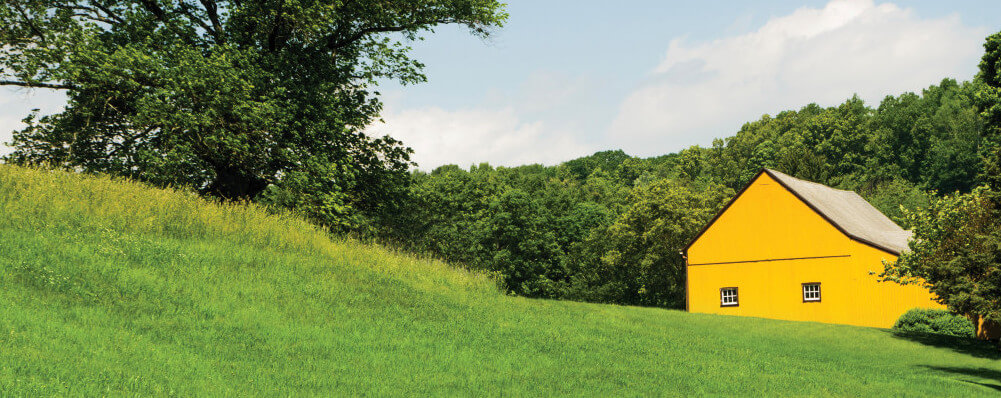Correct mowing is the absolute most critical factor when it comes to high summer temperatures and not adding stress already present due to heat and reduced rainfall. One low cut below 2” can nearly instantly brown-out a lawn within hours. The lower the cut, the more damage is done as the cut lets lose massive amounts of moisture in the hot sun causing the soil to heat up and weeds to germinate.
Nothing will set off an awful course of bad events more than a short mowing cut in July. A dull mower blade adds to the dilemma by shredding the ends, predisposing the grass to disease and causing a displeasing tan or white tint. Proper mowing means an am or pm cut, a sharp blade, and at least a 3” cutting height; anything less spells trouble for your lawn for weeks, if not months.
Although watering is nice, it is not the end all to saving a lawn in the month of July. Dry lawns should not be cut unless necessary and not in the mid day. A lawn in mild to severe stress will show mower tracks days after a cut. Since the grass blade is mostly water, it may come as no surprise that without rainfall the lawn will lose its green color and not even have the ability to grow all that much. Driving a tractor over a lawn in drought stress is like shoveling your driveway with a head cold in shorts in the winter, a less-than lovely combination.
Fertilizing in the summer should be to control damaging insects and be blended with slow release fertilizers, or nothing at all should be applied. Since lawns do require at least an inch of rain per week to stay actively growing, anything less means growth will slow and the color will fade. A normal dry period might last a few weeks to even a month in July or August.
If three weeks have gone by without rainfall, then a light watering can help keep your lawn alive, if only dormant. Once the moisture runs out, grass will shut down and go to sleep like a bear hibernating. This is a protection mechanism and helps most turf withstand a typical summer. The extent of long term damage can be measured in early fall with normal rain and cooler temperatures. How well your lawn faired will be dependent upon the initial health going into the summer, your mowing habits/height, and supplemental irrigation if you have the ability to do so.
Any irrigation is preferable in the early morning throughout the day. Late afternoon to evening watering is not desirable because disease issues can quickly develop causing damage ranging from small to large patches. Watering times vary from the thatch thickness, sun to shade ratio, slope, and turf varieties present. One can imagine that a sunny lawn with a thick thatch layer would require significantly more water than a thin, shaded lawn out back next to the woods. When in doubt, any water is better than none, but is not necessarily required in the big picture.
Remember: friends don’t let friends mow their lawn too short. If you want a free mowing magnet, just send me an e-mail and I would be pleased to send you one as a way of saying thanks for reading this blog!

Be Kind to Your Lawn in July!
Tags:
chippers
, grass
, turf
, lawn
, mowing height
, brown lawn
, drought stress
, lawn watering
, lawn care
, nh lawn care
, vt lawn care
, concord
, hanover
, new london

